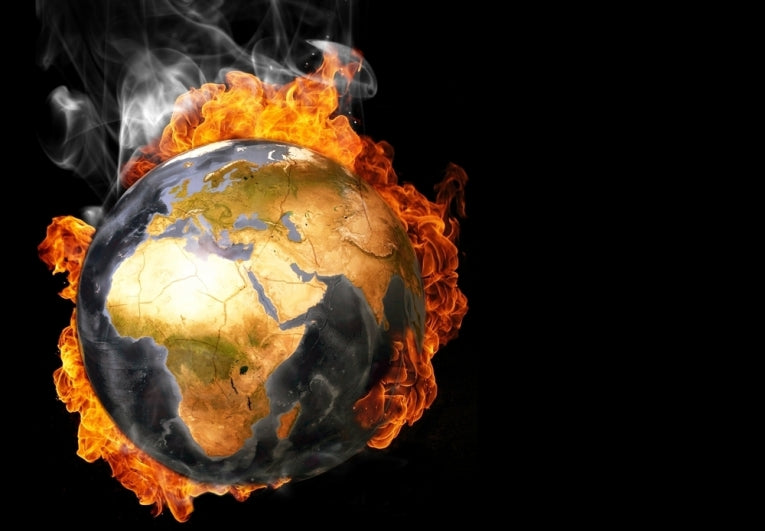The University of California, Berkeley, has been known for many things, but they could almost be exceeding themselves yet again. While global warming is generally recognised, except by a few presidents of minor countries, the mechanisms and evidence always need the fullest study. With their Berkeley Earth BEST Project, we have now a creditable research on issues alone, without any politics, using 1.6 billion records. This is only preliminary data, but very well presented. There are four papers here they have submitted for peer review:
1. Berkeley Earth Temperature Averaging Process
2. Influence of Urban Heating on the Global Temperature Land Average
3. Earth Atmospheric Land Surface Temperature and Station Quality in the United States
4. Decadal Variations in the Global Atmospheric Land Temperatures
However, with various "summits" coming up soon, it is suspected this data will be immediately useful in the political arena.
These 4 graphs below show particular global warming in 1980-2008, using 3 previous studies and Berkeley's "new" but randomly selected data. Their surprise was in the close agreement:

[NOAA is the US National Oceanographic and Atmospheric Administration; NASA/GIS is NASA's Godard Institute for Space Science, and HadCRU is Hadley; Centre of the UK Meteorological Office with the Climate Research Unit of East Anglia.] - Credit: Berkeley Earth Project
The Berkeley Earth Surface Temperature (BEST) project has been made public by its project chair, Richard Muller, "Here we see the long term. We are seeing substantial global warming. None of the effects raised by the sceptics is going to have anything more than a marginal effect on the amount of global warming."
By seeing the warming effect, he means a rise in land temperature of 1oC since the mid-1950s, using 15 sources. Corroboration of previous British and US studies helps defeat sceptics, but Berkeley has successfully fought these sceptics on their own ground. The data selection bias argument, poor station quality, and urban heat island were all closely studied and found irrelevant. The biggest surprise seemed to be the agreement with other studies, despite the extensive efforts to find data that could have upset the major arguments.
Some of the key arguments were:
Global COOLING is evident in 33% of sites (in N. America and parts of Europe);
Warming is evident in 66% of all sites
Unreliable (or 'poor' stations) were providing the same pattern as 'OK' sites, in ratings;
Selection bias was lost by taking all data into account; and this helped the whole study by using many nearby thermometers, all confirming exactly the same patterns:

Credit: Berkeley Earth Project
One special result was the Berkeley conclusions on the influence of El Nino. With the help of correlation graphs, they believe that the Atlantic surface temperatures have a larger effect on global temperatures. El Nino shows through on odd occasions, though, in the Indian and central Pacific Oceans.
Correlation maps of the filtered AMO and ENSO time series with similarly filtered temperature time series taken from the Earth's surface temperature map constructed by the NOAA group Colours show the degree of correlation at each location. AMO is observed to have positive or neutral correlation almost everywhere, while ENSO shows both strong positive and negative correlations.
The Atlantic data (Atlantic Multidecadal Oscillation) or AMO and the El Nino Southern Oscillation or ENSO index are contrasted here. Correlations, we are reminded. are not intended to show the cause of events, simply the relationship!
What Berkeley has not done is to make an independent assessment of how much of the observed warming is due to human action. Richard Muller finally submits, "As a next step, Berkeley Earth Project plans to address the total warming of the oceans, with a view to obtaining a more accurate figure for the total amount of global warming observable."










